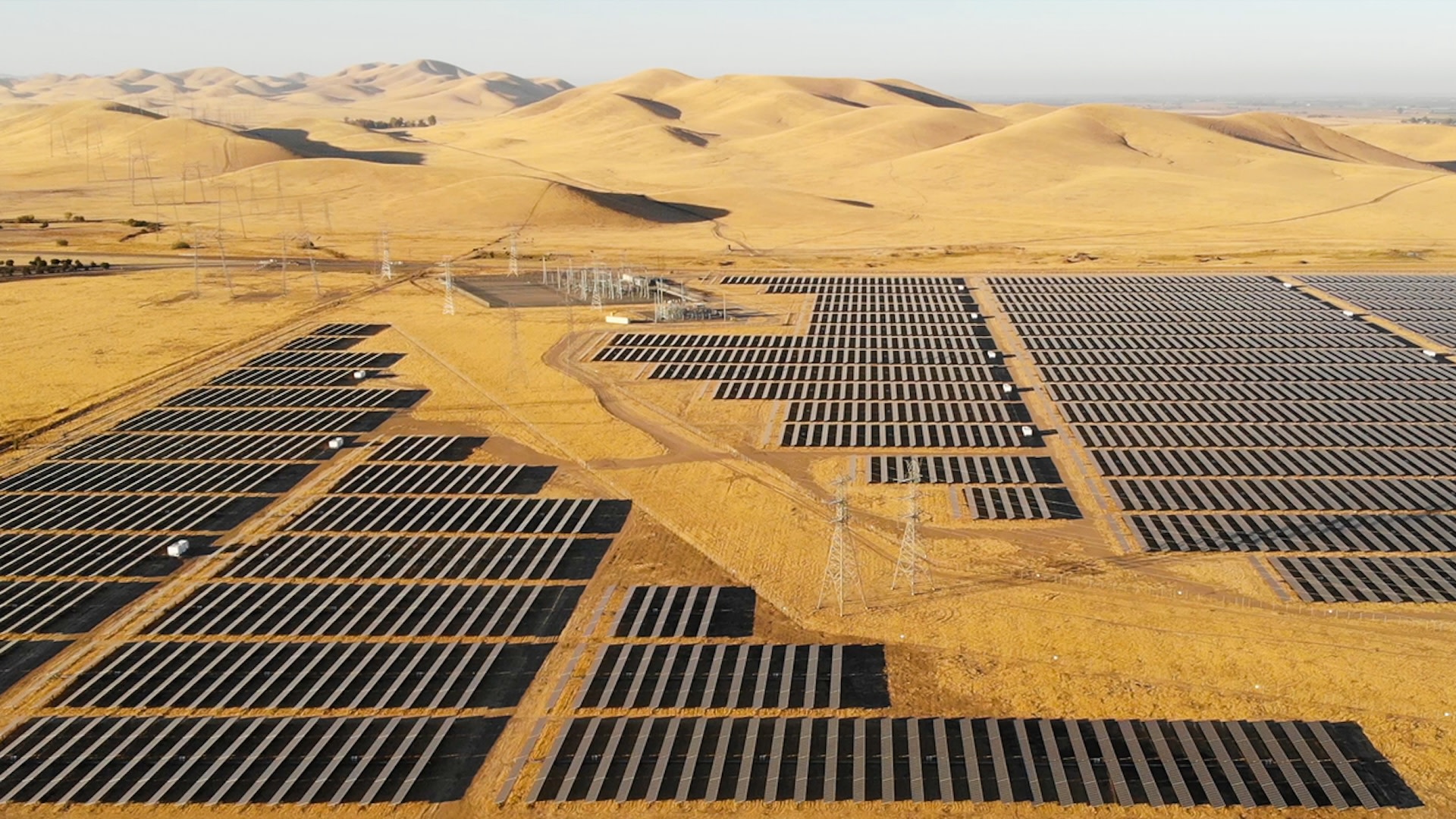Researchers in China have reportedly developed a new technology similar to hydropanels for harvesting water out of thin air that is powered by energy from the sun. The device could be especially useful in dry, arid areas where water — but not sunlight — is hard to come by.
The findings from the research team from Shanghai Jiao Tong University in China were published in the scientific journal Applied Physics Reviews.
“This atmospheric water harvesting technology can be used to increase the daily water supply needs, such as household drinking water, industrial water, and water for personal hygiene,” said Ruzhu Wang, one of the study’s authors.
According to the study, the device is more efficient than other existing atmospheric water generators because it uses a “novel rotating operational strategy, in which one module works in the desorption, while the others work in the adsorption simultaneously … to keep the device harvesting water continuously.”
The technology could also be used for purposes ranging from dehumidification to agriculture irrigation to thermal management for electronic devices.

Star-something or the other?
I dont believe you
Ok, but did the Chinese scientists even once stop to think about what an excess of clean, drinkable water would do… to the economy?
Haha. Maybe not the inventors but, given the high price of this technology, it seems like someone along the supply chain did.
The article compares them to Hydropanels, which function very similarly to a dehumidifier - and subsequently don’t work so well in “dry, arid areas where water - but not sunlight - is hard to come by”. What about these things might make them work better in very low humidity?
What about these things might make them work better in very low humidity?
Probably nothing because you can’t cheat physics.
That would have been my first guess
Well James Webb and Hubble just figured out physics is wrong so anything is possible now really
I think you misread something. Can you link what study you’re talking about?
Here is a video Dr. Becky did on the Hubble tension recently that might explain it a little better for you. Physics probably isn’t wrong, it’s more likely that astrophysicists just got some measurements wrong on the cosmic distance ladder. A recent paper seems to get rid of the hubble tension completely.
It says the technology is similar but doesn’t get into any specific comparison so I don’t exactly read it the same way. This is a very brief and basic article that may not answer all your questions. I’m sure there is more to come.
It does go on to say:
According to the study, the device is more efficient than other existing atmospheric water generators because it uses a “novel rotating operational strategy, in which one module works in the desorption, while the others work in the adsorption simultaneously … to keep the device harvesting water continuously.”
The technology could also be used for purposes ranging from dehumidification to agriculture irrigation to thermal management for electronic devices.
It also mentions similar devices being used in areas such as Sand Branch Texas outside of Dallas. Your question is import and and while I can’t answer it as thoroughly as I’d like I imagine these issues were in consideration when working on this and whether or not they’ll be successful is something we’ll find out soon.
Would be interested in hearing more from the community.
Harvesting is different from generating - Here I thought it was using solar energy and some previously unexplored process that rips the O2 from CO2, then adds that to Hydrogen
That’s a good point. I generally copy the title verbatim from the article but as you’ve pointed out it’s a bit misleading. This is definitely not magic.
Modular all-day continuous thermal-driven atmospheric water harvester with rotating adsorption strategy - https://www.academia.edu/109183759/Modular_all_day_continuous_thermal_driven_atmospheric_water_harvester_with_rotating_adsorption_strategy





